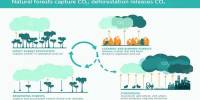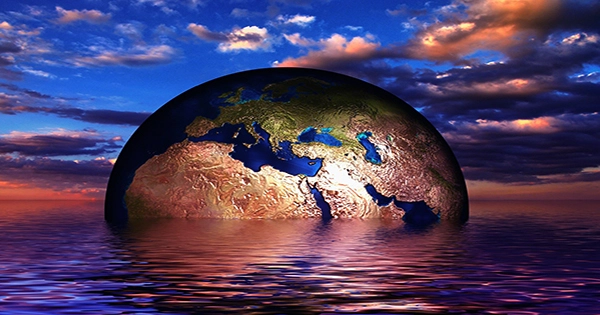The millions of tons of plastic floating around the world’s oceans have recently gotten a lot of attention in the media. However, plastic pollution may pose a greater threat to terrestrial plants and animals, including humans. Only a small percentage of the plastic we discard on a daily basis is recycled or incinerated in waste-to-energy facilities. Much of it ends up in landfills, where it can take up to 1,000 years to decompose, potentially polluting the soil and water.
According to a new study, tiny plastic particles were found in abundance in the surface water and underlying sediments of several lakes and peripheral rivers in Dhaka, shedding light on the environmental risks of microplastic pollution.
The study, which was published in the Journal of Hazardous Materials Advances, discovered that the average volume of microplastic particles in water and sediment samples taken from the rivers and lakes of Bangladesh’s capital is around 36,000 microplastics per cubic meter and 13,607 microplastics per kilogram of dry weight.
Plastic particles smaller than five millimeters in diameter persist in the environment, including the air, soil, water, and sediments of the ocean, rivers, and lakes. They are typically derived from personal care products, synthetic textiles, bags, cups, and vehicle tires and come in a variety of shapes and forms such as fibers, beads, and foams.
It is clearly revealed by the present study that both urban rivers and lakes contain very high amounts of different types of microplastics. We need a workable plastic waste management policy with strong legal enforcement
Shafi Mohammad Tareq
“It is clearly revealed by the present study that both urban rivers and lakes contain very high amounts of different types of microplastics,” says Shafi Mohammad Tareq, study co-author and professor at the Jahangirnagar University in Dhaka.
Tareq blames the situation on poor plastic waste management resulting in microplastic pollution of urban rivers and lakes. “We need a workable plastic waste management policy with strong legal enforcement,” he adds.
Fahmida Parvin, corresponding author of the study and associate professor at the Jahangirnagar University adds that “among the 19 sampling sites, the presence of microplastics in sites like Gulshan Lake, Buriganga River and Tongi Khal poses high ecological risks to freshwater biota [animal and plant life of a specific place, period and habitat].”
According to the researchers, the sediments contain microplastics such as fibers and fragments while plastic foam has been found in water samples. Polymers identified in microplastic samples include polypropylene, polystyrene, nylon, and low-density polyethylene.

Investigators first reported detecting minute plastic beads and fragments, particularly polystyrene, in oceans in the early 1970s. The term microplastics came into wider use in the mid-2000s.
A World Wide Fund report says microplastic concentrations have crossed critical thresholds in several ecologically sensitive regions of the world, including the Mediterranean, the East China and Yellow Seas and Arctic sea ice, with several more regions expected to follow suit in the coming years.
According to a review published in Environmental Reviews in October, microplastics have a long-term impact on biodiversity, productivity, and the ecosystem. Microplastics transmit a variety of toxic elements to fish, reptiles, amphibians, invertebrates, and other organisms.
According to the review, microplastics have negative effects when they enter the food chain. According to the study, fish that consume microplastics exhibit a variety of negative effects such as impaired liver functions, decreased activity, and hormonal disorders. Humans, as the final consumer of the aquatic food chain, can have microplastics stored in their bodies, according to the study.
Previous research has suggested that microplastics can harm human cells at concentrations of 10 micrograms per milliliter, while at 20 micrograms per liter, they can cause cytokine release (a feature of human immune response). According to the review, microplastics are also linked to oxidative stress in human cells.
Microplastics, according to Diptendra Sarkar, a public health analyst and professor at the Institute of Post Graduate Medical Education and Research in Kolkata, India, can indirectly “collapse” the ecosystem.
“Infiltration of microplastics among humans in the ecosystem can have direct effects on human health—they are a powerful factor in gene modification and thus have a significant impact on genetic activity in humans,” says Sarkar, who was not involved in the new study.
















